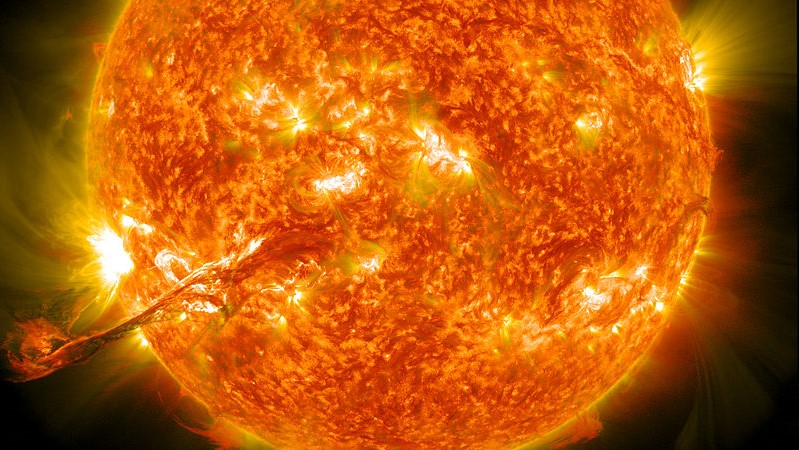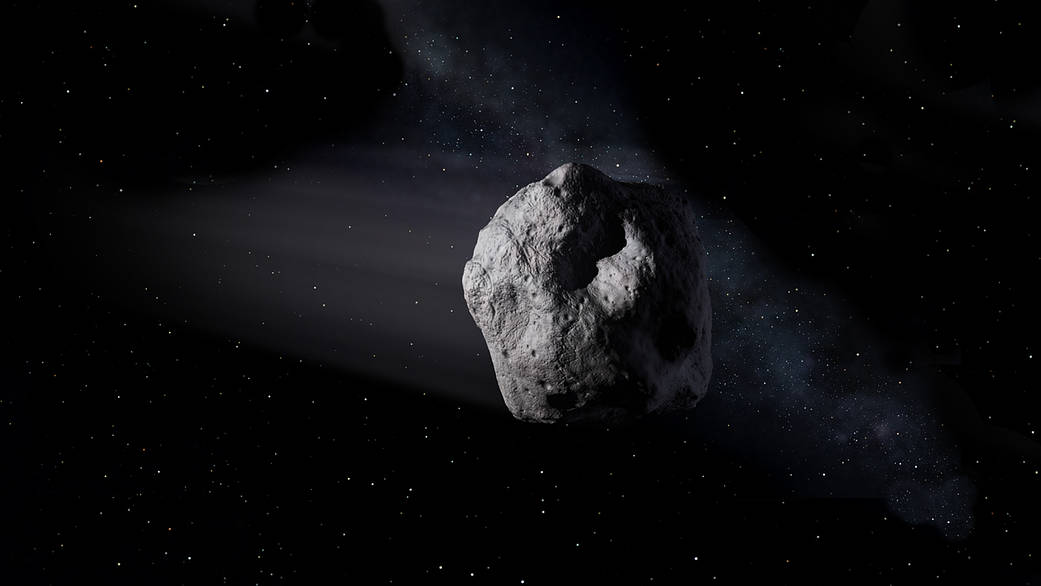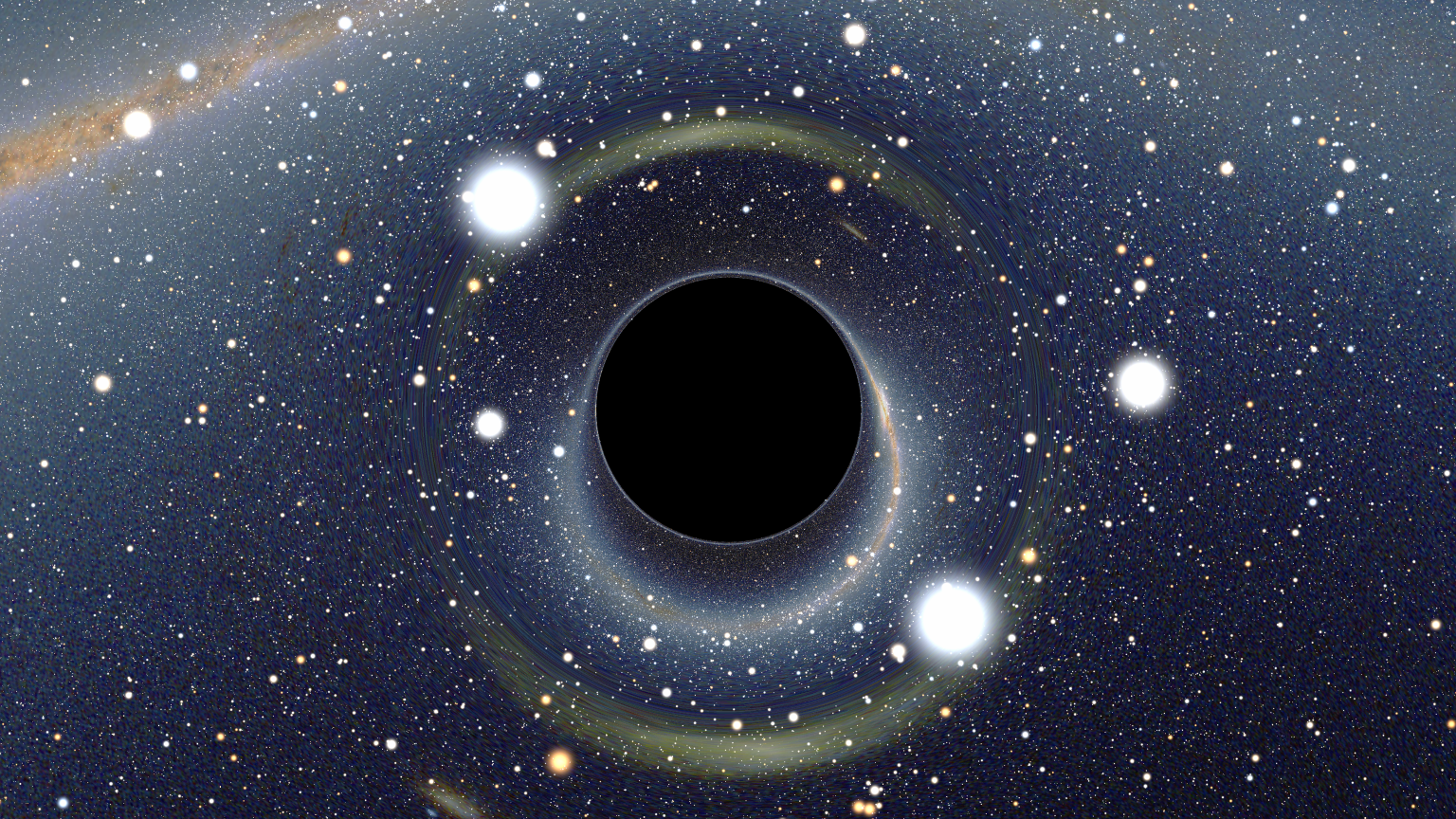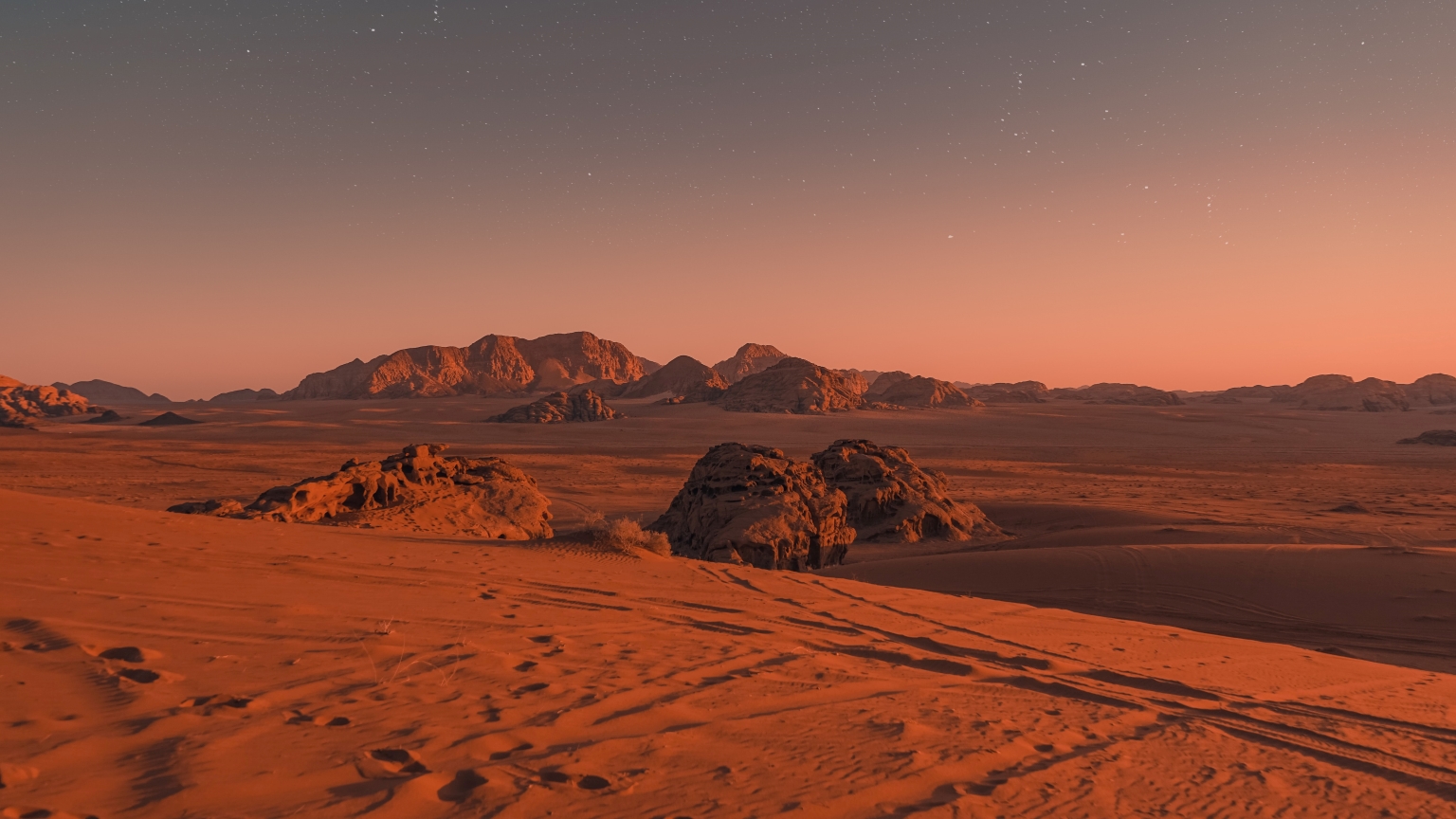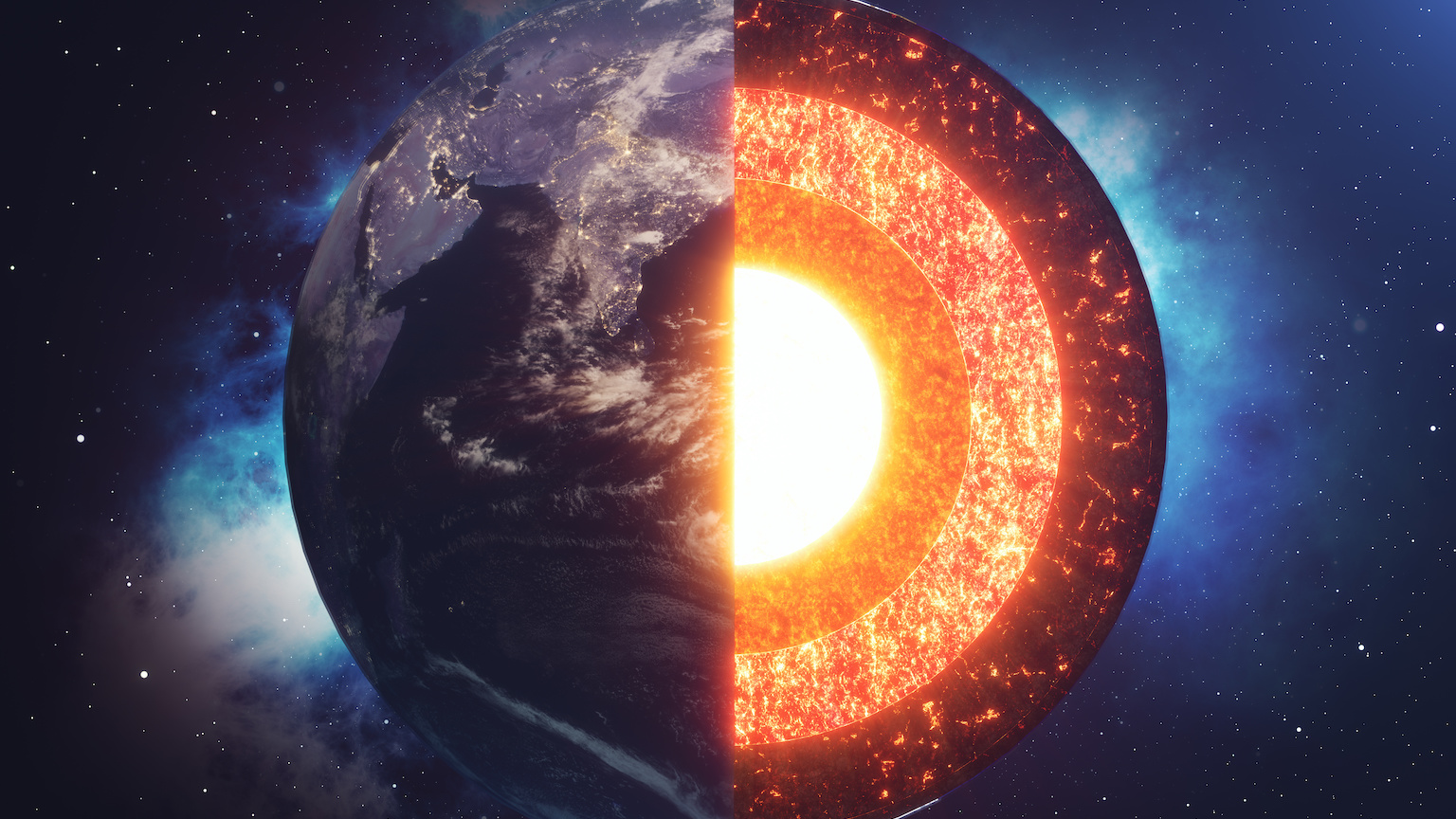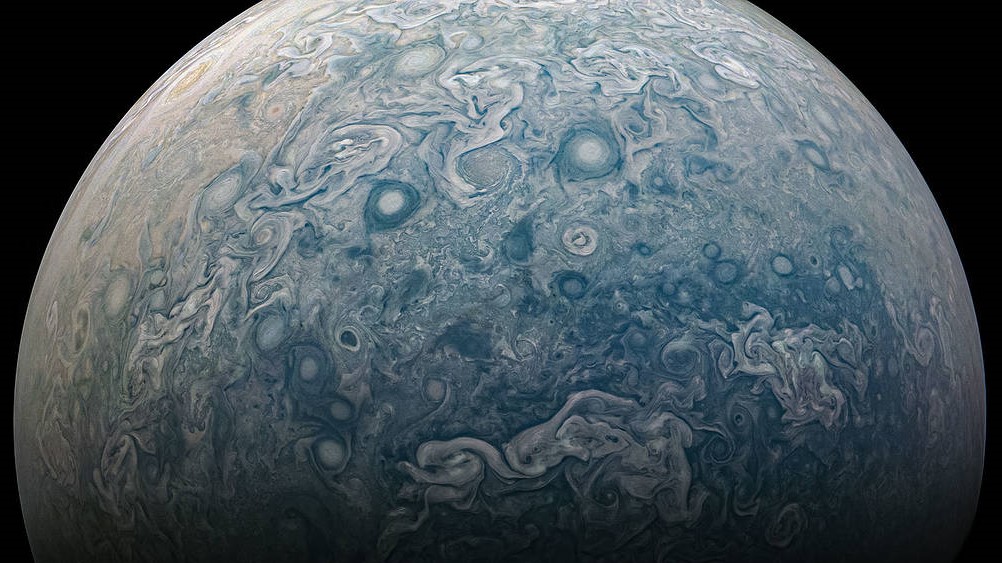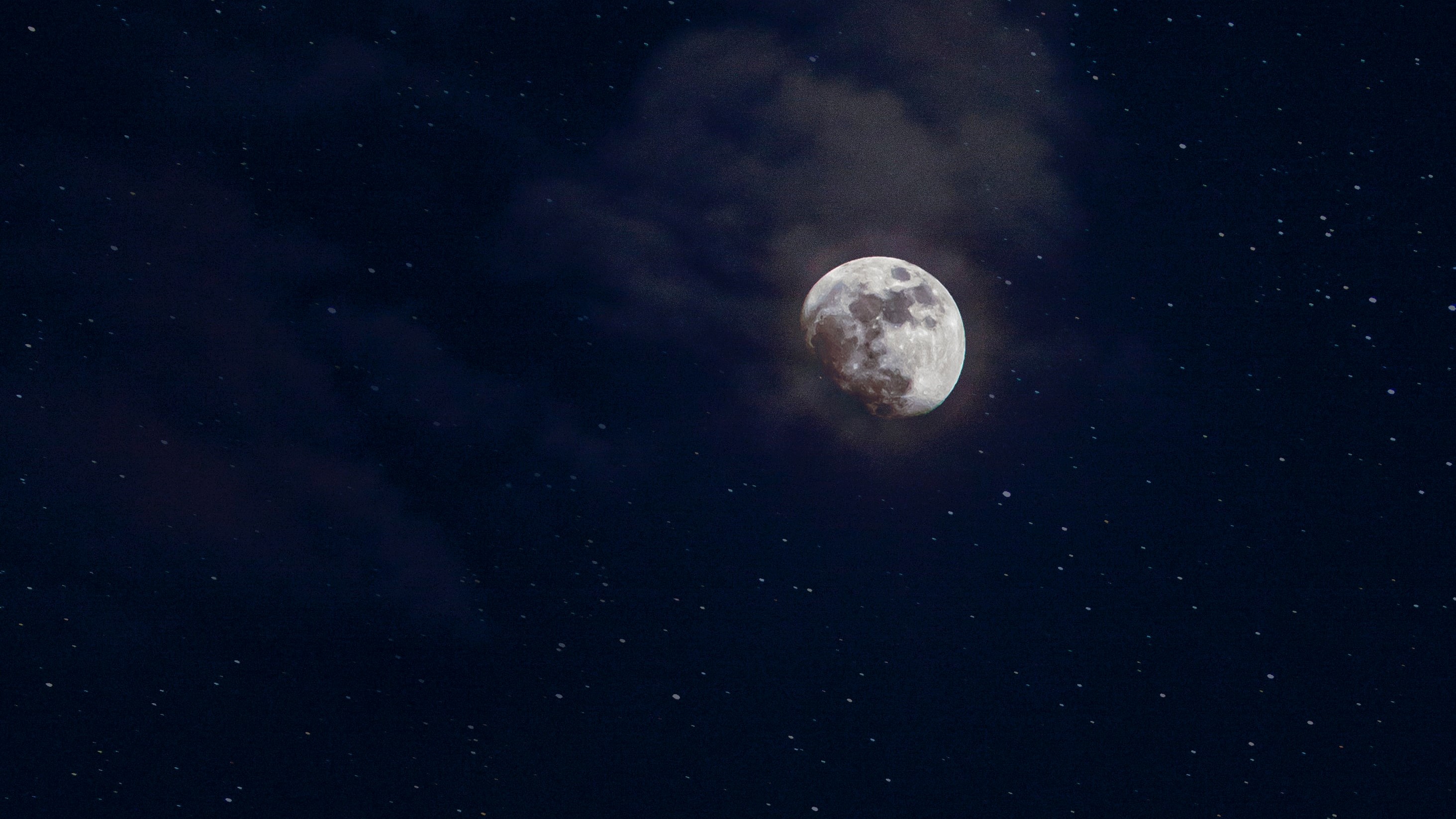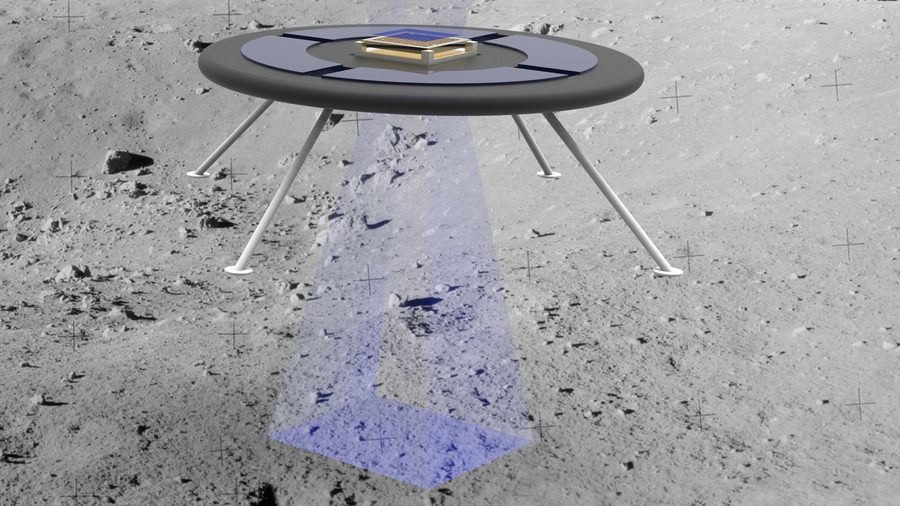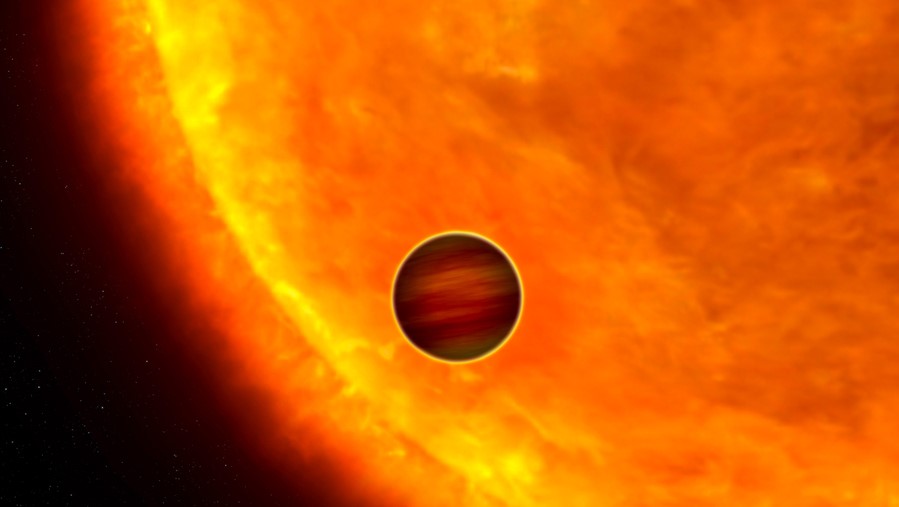Hard Science
All Stories
Multiple lines of evidence — physical, chemical, and biological — must converge for scientists to conclude that alien life has been found.
Forty Starlink satellites were destroyed earlier this year in a geomagnetic storm.
Knowing that technology would advance in the future, NASA put some moon rock samples into storage without opening them. Now, they have.
60% of all potentially dangerous asteroids remain undetected.
Gigantic ranges called “supermountains” formed twice in Earth’s history, and they may have had a profound influence on evolutionary history.
Astronomers used supercomputers and an international network of antennas to create the stunning map.
A new method of extracting rare-earth elements could put us on the track toward a circular economy.
Our research on a Martian meteorite provides new clues about early surface conditions on the red planet.
“When molecules misbehave, it can lead to great insight.”
Nearly 200 orbital launches are scheduled for 2022.
The quadratic formula isn’t just something that teachers use to torture algebra students. The Babylonians once used it to calculate taxes.
The Poisson distribution has everyday applications in science, finance, and insurance. To compare the results of some biomedical studies, more people ought to be familiar with it.
The ten greatest ideas in science form the bedrock of modern biology, chemistry, and physics. Everyone should be familiar with them.
The big-picture physics is simple – let gravity do its job.
In general, 5G is not a threat to human health or activities, but there are some legitimate questions about interference with airplane instruments.
The pulse took just 35 hours to cover the whole world.
We know more about the universe than what is beneath our feet. But Earth’s mantle holds subtle clues about our planet’s past.
The inside of every black hole leads to the birth of a new Universe. Could our Universe have arisen from one?
Shooting star or piece of space dust?
Impressive but deadly physics underlie catastrophic eruptions.
With a new telescope on the horizon, we reflect on the best pictures of space that came before.
On December 19 1972, astronauts Eugene Cernan, Harrison Schmitt and Ronald Evans splashed down safely in the Pacific Ocean, ending the Apollo 17 lunar mission. They were the last people to travel […]
The search for worlds outside our solar system has just turned up a planet, TOI-2257 b, with a truly extreme orbit.
Space missions in 2022 will include massive rockets and asteroid collisions. This is also the year space tourism starts to hit its stride.
A levitating vehicle might someday explore the moon, asteroids, and other airless planetary surfaces.
New technology is helping physicists move forward in the search for the Theory of Everything.
Water on Mars is key for human survival on the Red Planet, not just for drinking but for growing food and making fuel and oxygen.
If you put very fine black powder powder in a confined space it explodes in a cloud of heat, gas and noise.
The boiling new world, which zips around its star at ultraclose range, is among the lightest exoplanets found to date.
A newly discovered “ultrahot Jupiter” has the shortest orbit of any known gas giant.

